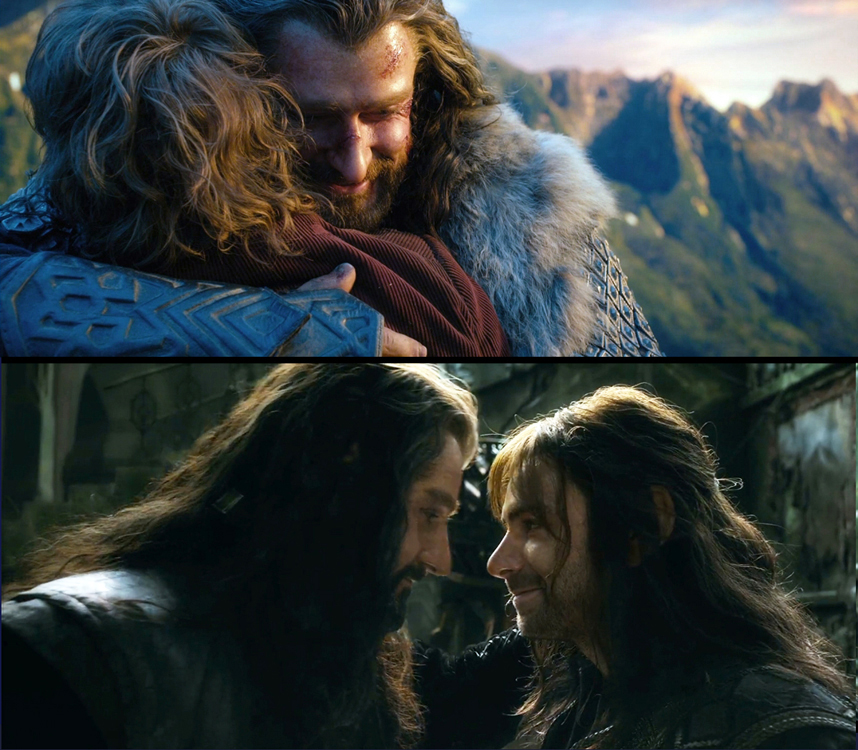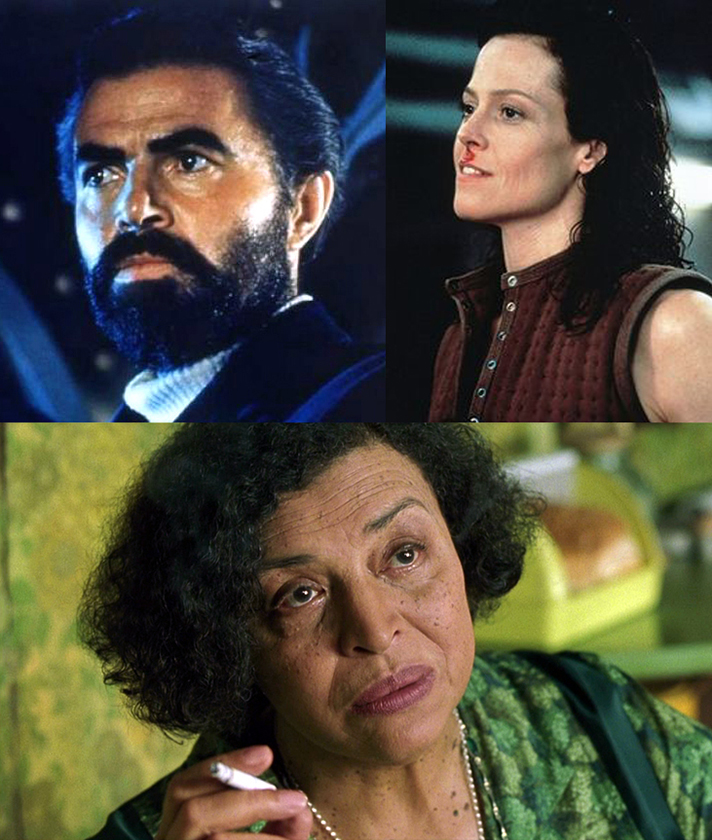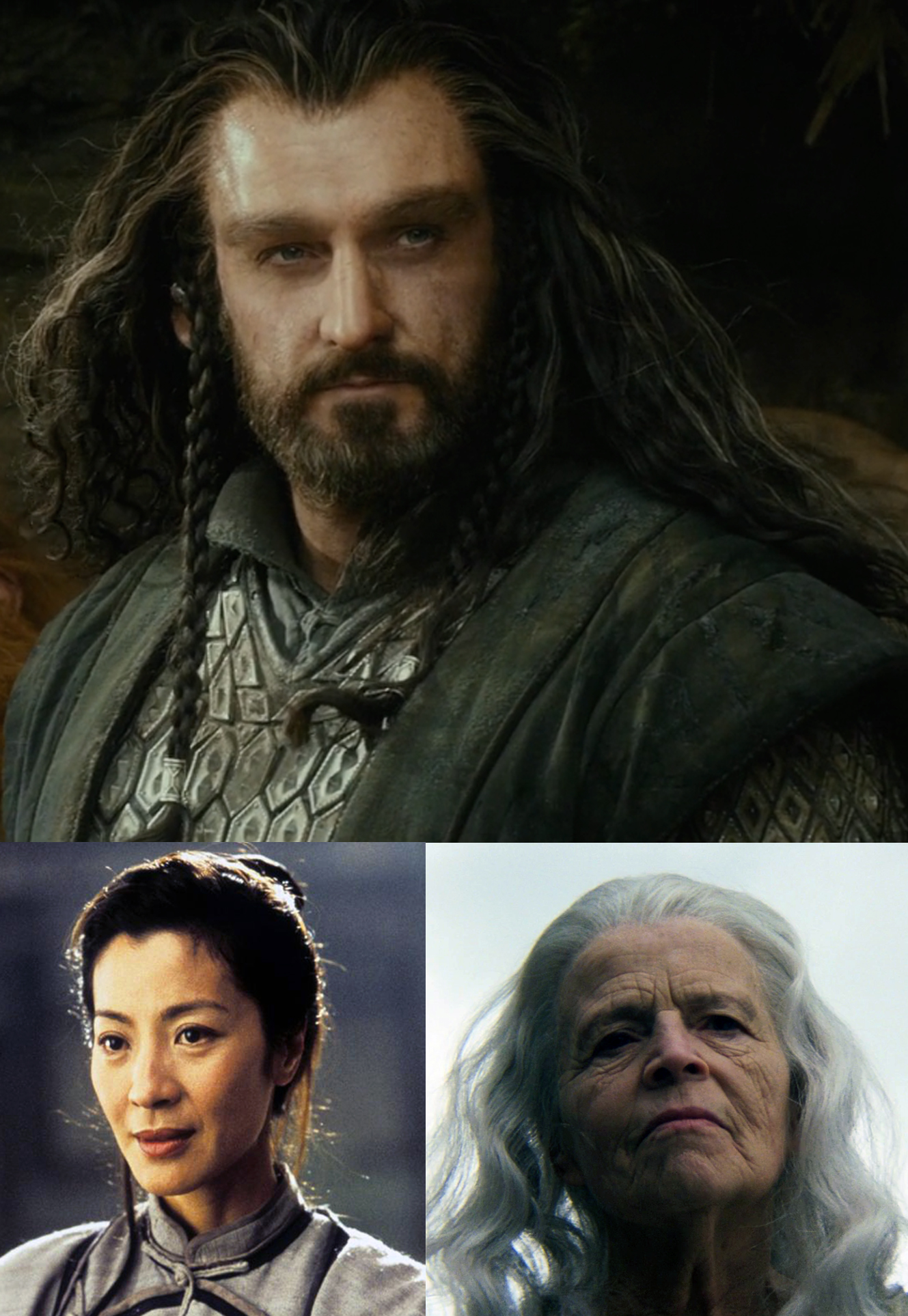“They’re mine, there, them.”
– Lazarus Tonnerre in Margaret Laurence’s The Diviners

[Click on both post images to see them full size]
It’s not an unalloyed good to come from a culture so old and layered that I find resonances everywhere – especially when they surface in works I consider deeply flawed, as I do for Tolkien’s oeuvre (and half of Jackson’s Tolkien-linked one).
It’s no secret that Tolkien was enamored of Elves but not particularly interested in Dwarves. Their development as a people in his overall work and as individuals in The Hobbit has the quality of a paper napkin. He made them literally children of a lesser god; denied them an afterlife, eventually granting them a heaven separate from the rest; drew them perilously close to ethnic caricatures; barred the rare love liaison with other Middle Earth races that was so au fait for Beren and Aragorn and so crucial for the victories over Melkor and Sauron; and sidelined their language while creating several for Elves and Men.
So when Peter Jackson decided to turn The Hobbit (TH) into an opus as epic as The Lord of the Rings (LotR) and focus as much on Thorin as on Bilbo, the gaps were enormous. Jackson’s presentation of the Khazâd is the major (though not the only) reason that his TH is best viewed as alt-universe fanfic, even if he forced its ending back into canon to dovetail with what he had already shown in LotR. As is frequently the case with exuberant composers when they’re given a weak libretto, Jackson stumbled into overpadding and nonsensical plot twists. His TH is so vastly inferior to his sweeping, immersive LotR that it looks like the work of a different person. Yet his visualization of Thorin and his people plucked a strong chord within me despite the buffoonish attributes shoehorned into their depiction.
I worried at this lapse in my taste as if it were a sore tooth and eventually touched the atavistic nerve: faithful to Tolkien’s sketchy instructions, Jackson did portray the Dwarves as broad-stroke Jews but they could just as easily pass for Éllines, aka Greeks. The appearance of the Dwarven royal trio owes a lot to Assyrian and Persian friezes. Thorin looks like a Maccabee or Sephardi malik in fully potent middle age and his madness is like that of Saul, not Lear (it helps that Richard Armitage was entering his forties when Jackson started filming TH; I wonder what Oded Fehr or Ghassan Massoud would have done with the role). But Thorin also looks and acts like the Akrítai who safeguarded the borderlands of the Byzantine Empire, or the outlaw chieftains who fought for independence against the Ottoman Turks. I know this archetype intimately from the stories and songs of my people, from Trapani to Trebizond.
I’ve had similar pings from other imperfect, unlikely works. When Schwarzenegger takes the sword from the hands of the crowned skeleton in Conan the Barbarian, its subsequent crumbling into dust always makes me recall, with a frisson, that the same thing happened to the gold-masked skeleton Schliemann found in the tombs at Mycenae. Likewise, Thorin’s hair trailing while he’s in the eagle’s claws reminds me of Éctor’s black mane unfurling behind Ahilléus’ chariot. And of course the flying braids of Thorin and his sistersons make me think of the Minoans, the lodestars whose variants haunt my own fiction.
But it goes beyond brooding and braids. Nestor-like Balin points out to Thorin that the Khazâd are not primarily warriors but merchants, miners, metalsmiths. They’re decidedly not ethereal: their hands are calloused from work, and once they drop their guard they can get rambunctious or “melodramatic” (by Anglo or Elven standards). Yet earthy as they are, they love beauty even if their taste runs to art deco instead of the Elves’ art nouveau.
The Greek diaspora, as old as the polity from which it sprang, has been a necessity dictated by the local physical and (geo)political environment. Like the Jews, the Greeks stood out wherever they went which made them easy targets for displaced anger. They, too, were mostly merchants, artisans, wrights, dragomans, mid-level functionaries. Their host cultures gawked and laughed at their occasional bursts of flamboyance, many of which are now staged as tourist spectacles. Nor were they spared abuse and slaughter in either Muslim or Christian territories: their Christianity (as much a cultural as a religious signifier) was the “wrong” kind. Later, so was their vigorous resistance to Ottoman and Nazi occupation. As a result, they became clannish, secretive, cunning – the common survival tactics of the downtrodden and deracinated – though like the Khazâd they let trusted outsiders into their hearths and hearts.
Then there’s the language. Tolkien repeatedly mentioned in the books and his letters how ugly Khuzdul was, how disjunct from the languages of all other “good” folk in Middle Earth. He cared so little about it that he only bothered with a few place names and a single title (“Balin Fundinul Uzbad Khazad-dûmu”). The language had to be retro-created for TH; even then we only hear insults and battle cries in it, except for Kíli’s yearning “Amrâl imê…” to Tauriel (“My love”, which he mouths silently again when he’s dying; Aidan Turner transplanted the phrase and tone to his Ross Poldark incarnation with devastating effect).
Hellenic is an Indoeuropean isolate, and those who can speak it are few and getting fewer. I’ve had people tell me it sounds harsh, just as Khuzdul was said to hurt the Elves’ delicate ears. For the Greek diaspora communities, it’s fast becoming a legacy fossil they can only learn in special schools – just like Hebrew for non-Israeli Jews, and Khuzdul as posited by Tolkien.
The Elves are a spent force in LotR; their presence is drenched in loss and longing, a late fall twilight afterglow. But at least they have their dazzling pinnacle in The Silmarillion and they’re still pivotal in LotR (especially in Jackson’s non-canonical yet dead-on decision to have them participate in the battle of Helm’s Deep). Tolkien never gives the Dwarves their moment in the limelight. They’re afterthoughts, sidebars viewed with equal parts grudging respect and condescension. By giving them vivid if flawed primacy, Jackson brought that point to the fore.
I was captivated by the strong Celtic tinge of Tolkien’s and Jackson’s Elves, by their love of starlight and the sea so close to my own core yearnings. I like the fierce geasa-driven Elves of The Silmarillion more than the cool, gliding apparitions in LotR, because their imperfections make them reachable. But Thorin’s people, as portrayed by Jackson, are my kin – my ghénos, my mishpocheh. I’d be fighting hammer and tongs with such a man within hours. And yet I’ve been biologically and culturally wired to keep a place in my heart for these dark, hairy, stocky, gruff men with their unshakable loyalties and touchy pride, their love of gaudy jewelry and the works of hands, their boisterous revels and minor-key songs, their penchant for bravado and doomed stands, fusions of Odhysséus and Dhighenís.

Major relevant historical work:
Mark Mazower, Salonica, City of Ghosts: Christians, Muslims and Jews 1430-1950
Related Essays:
The Hyacinth among the Roses: The Minoan Civilization
Being Part of Everyone’s Furniture; Or: Appropriate Away!
The Multi-Chambered Nautilus
Who Will Be Companions to Female Kings?
Hagiography in the SFX Age
Hidden Histories or: Yes, Virginia, Romioi Are Eastern European
Authentic Ethnics
If I Forget Thee, O My Grandmother’s Lost Home
Images: 1st, Thorin Oakenshield (Richard Armitage) and two Greek fighters for independence against the Ottoman Turks; top, Athanássios Dhiákos (by Dhionnísios Tsókos); bottom, Vassílis Ghoúdhas (by Louis Dupré); 2nd, Mediterranean-type physical affection: Thorin embraces Bilbo Baggins (Martin Freeman) and his younger sisterson, Kíli (Aidan Turner).






